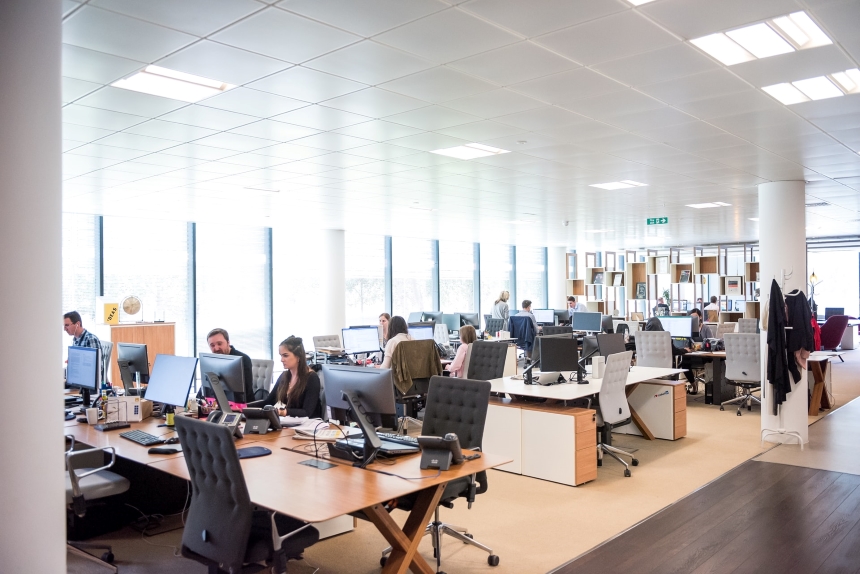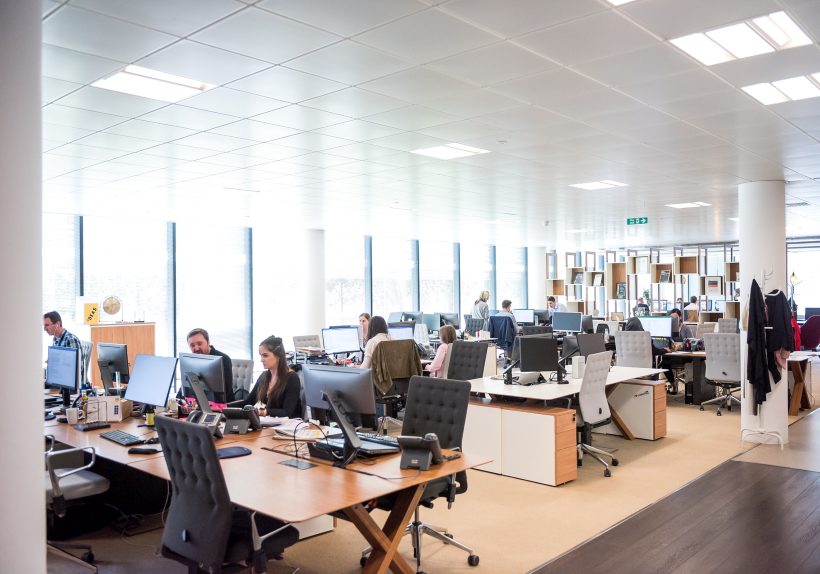COVID-19’s impacts on workers and workplaces around the world have been dramatic, resulting from stay-at-home orders and workplace shutdowns that have been implemented since last year.
The worldwide lockdown of businesses and industries that were carried out to slow the spread of the coronavirus came with a wide array of challenges for employees and employers.

Many workers were forced to work from home (WFH), and will continue to do so as trends move in favour of remote and hybrid work.
However, some workers find it hard to maintain boundaries between work and non-work situations. This is especially the case to those who don’t have a separate space or room for work and are struggling to properly disengage from work even after office hours.
On the employers’ side, many were reluctant to adopt WFH initially because they were concerned about a drop in organisational productivity due to employees being out of sight and reach.
However, the rapidly expanding usage of remote-work technology and cultural shift as the pandemic wore on have made more employers embrace such work arrangement.
Employers rolled out the use of video conferencing software to facilitate various types of communications, such as meetings, check-ins and social interactions.
Even after the pandemic, they are expected to provide more work flexibility to their employees to enhance organisational performance, and enable each staff to meet the demands of their professional and personal lives.

Office spaces are also changing as we move beyond the COVID-19 crisis. The increase in remote work in several industries means that employers won’t need as much space as before.
Consequently, office buildings may see lower rental prices as companies downsize their workspaces or use co-working spaces more frequently.
COVID-19 has greatly increased unemployment and lay-offs, with most economic activities slowing down due to lockdown measures during the pandemic.
Malaysia saw a 4.5 percent unemployment rate in 2020, the highest rate recorded since 1993, according to the Department of Statistic Malaysia (DOSM).

Unemployed individuals might experience a range of stress-related consequences, including depression and anxiety over the lack of income and social interaction.
In addition, there are negative spillover effects for those who remain employed, for they are forced to take on a larger workload to cover for those laid off, thus increasing their stress levels and negatively affecting their productivity.
As a broader impact of the pandemic, economic inequality will increase in its aftermath. The growth in inequality will contribute to a downward spiral of negative trends in the workplace, which could cause employees to experience burnout faster.
COVID-19 has impacted the workplace and beyond very strongly, and its effects will be felt for many years.
As we now work and live in globally interdependent communities, we must find smarter and safer ways of working together.
Read more: Rethinking Work Productivity Post COVID-19
Read more: The Future of Jobs in a Post COVID-19 World
Photo by Arlington Research from Unsplash.




